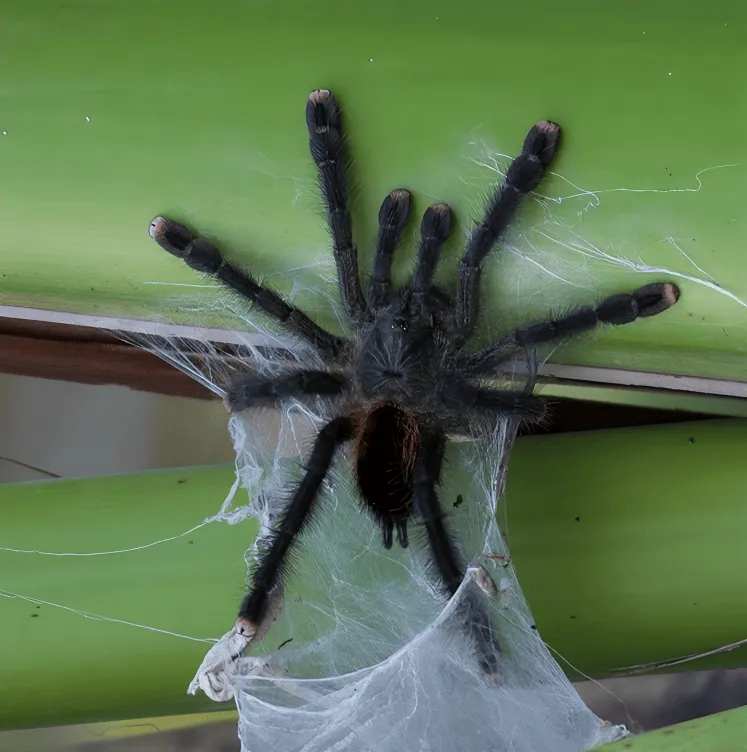Choosing Your Pink Toe Tarantula (Avicularia avicularia)
The Pink Toe Tarantula, scientifically known as Avicularia avicularia, is a captivating arboreal tarantula, admired for its striking appearance and relatively docile temperament. Before bringing one home, research reputable breeders or pet stores to ensure you’re acquiring a healthy specimen. Observe the tarantula’s activity level and overall health; a healthy Pink Toe Tarantula should be alert, with a plump abdomen and no signs of injury. Consider the tarantula’s size and age, as this will influence its housing needs. Juvenile tarantulas require smaller enclosures, while adults need more space to thrive. Be prepared for the long-term commitment, as these tarantulas can live for several years, providing you with a unique and rewarding pet ownership experience. Buying a Pink Toe Tarantula is not a decision to be taken lightly, so due diligence in research is essential.
Understanding Pink Toe Tarantula Habitats
Pink Toe Tarantulas are native to the rainforests of South America and the Caribbean, so their habitat needs replicate these humid, arboreal environments. They thrive in vertical enclosures, utilizing branches and foliage for climbing and web-spinning. Proper habitat is crucial for their well-being. Researching their natural environment will help you create a suitable enclosure that minimizes stress, promotes natural behaviors, and ensures a healthy life. The enclosure should be well-ventilated and secure, preventing escapes. Furthermore, the setup should be stable, preventing accidental falls and ensuring the tarantula’s safety and comfort. Your Pink Toe Tarantula’s health and happiness depend on you mimicking its natural home.
Enclosure Setup
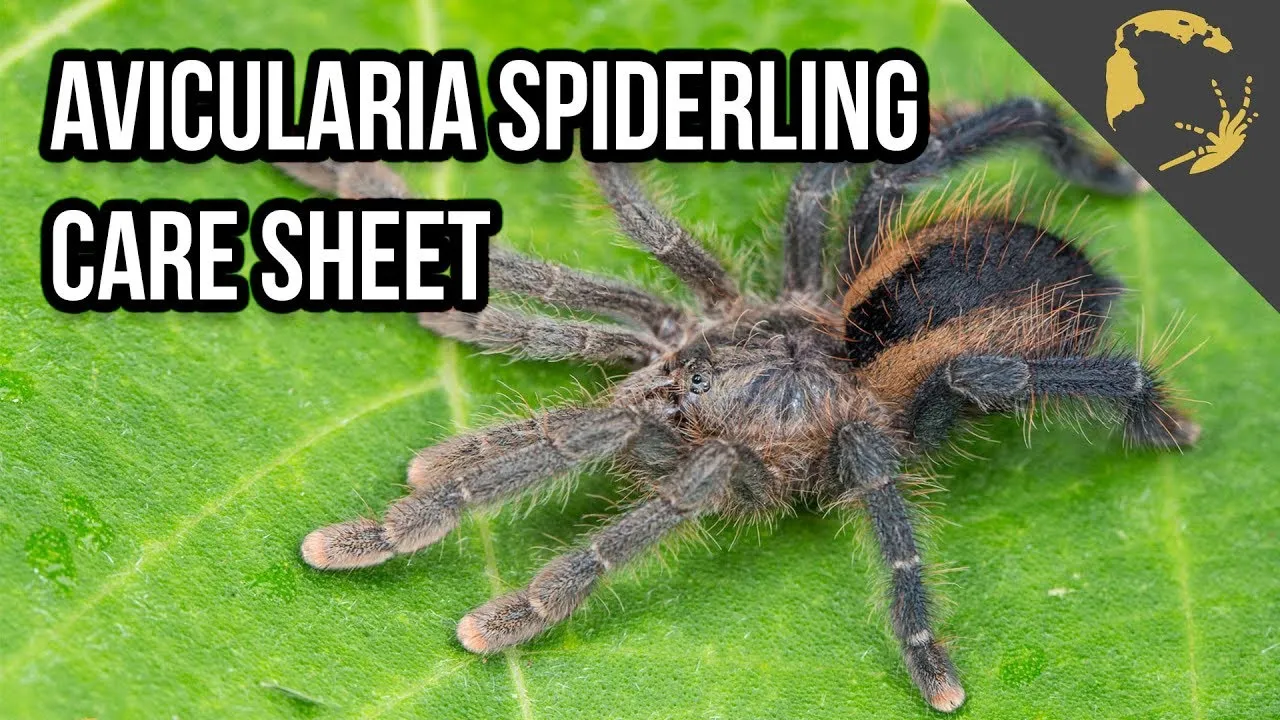
Creating the perfect enclosure for your Pink Toe Tarantula involves several key elements. A tall, well-ventilated terrarium is essential. The height is crucial, allowing the tarantula to climb and web-spin naturally. Provide a secure lid to prevent escapes, and ensure that the enclosure is made from a material that won’t shatter if the tarantula falls. The size of the enclosure should correspond to the tarantula’s size, with larger individuals requiring more space. A well-designed enclosure supports the tarantula’s physical and psychological well-being. Select appropriate substrate, climbing materials, and a shallow water dish to complete the setup, creating an environment that closely mimics their natural habitat.
Ventilation is Key
Proper ventilation is critical for the health of your Pink Toe Tarantula. Good airflow helps to prevent mold and mildew growth, which can be harmful to the tarantula. It also regulates humidity levels within the enclosure. Ensure the terrarium has adequate ventilation, usually achieved through a combination of screened tops and strategically placed air vents. Avoid enclosures that trap moisture and inhibit airflow, which can cause respiratory issues for the tarantula. Monitor the enclosure regularly to ensure that the ventilation is sufficient and that the environment remains healthy and balanced. Without proper ventilation, your Pink Toe Tarantula is at risk of significant health problems.
Substrate Selection
The substrate you choose plays an important role in maintaining humidity and providing a comfortable environment for your Pink Toe Tarantula. A good substrate should hold moisture, allowing for humidity regulation, while also providing a safe surface for the tarantula. Suitable options include a mix of peat moss, coconut fiber, and sphagnum moss. Avoid substrates that are too dusty or that can harbor mites. The substrate layer should be deep enough to retain moisture and allow the tarantula to burrow if it chooses. Replace the substrate regularly to prevent the buildup of waste and mold, keeping the environment clean and healthy. Substrate selection is a fundamental aspect of proper Pink Toe Tarantula care.
Providing Climbing Opportunities
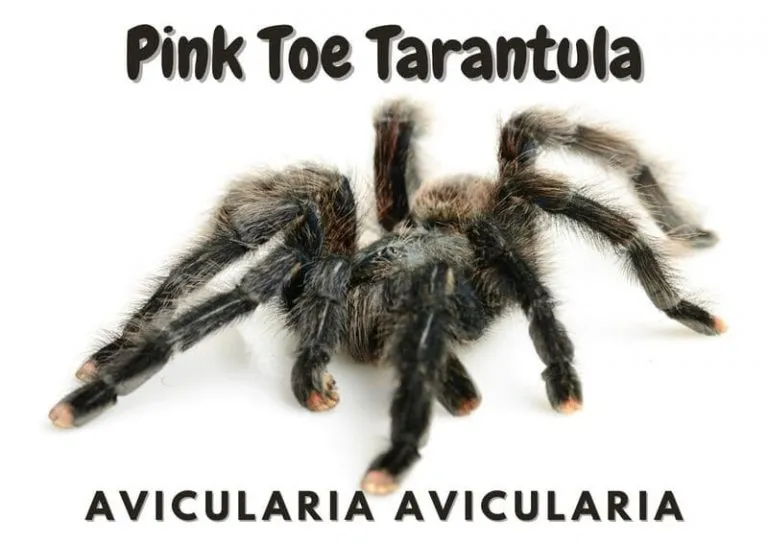
Pink Toe Tarantulas are arboreal, meaning they spend most of their time in trees. Therefore, your enclosure should include plenty of climbing opportunities. Use branches, cork bark, and artificial plants to create a vertical habitat. These materials allow the tarantula to climb, explore, and build its webs, which are essential for its well-being. The climbing structures should be secure and non-toxic, ensuring the safety of the tarantula. Arrange the branches and other climbing materials to provide varying levels of height and complexity. This setup will mimic the tarantula’s natural environment and encourage its natural behaviors, making your pet feel secure. A well-designed climbing environment is critical for this arboreal species.
Temperature and Humidity Control
Maintaining the correct temperature and humidity levels is vital for the health of your Pink Toe Tarantula. These conditions are essential to help them molt successfully, eat, and thrive. Using a thermometer and hygrometer, monitor the environment and adjust the setup as needed. Ensure that the enclosure has the right balance of heat and moisture, mimicking their natural tropical rainforest habitat. Any fluctuations can be detrimental to the tarantula’s health, so it is important to keep it consistent. Precise control of these environmental parameters is crucial for your Pink Toe Tarantula’s overall health and longevity. Creating an ideal habitat is essential to ensure that the tarantula can thrive.
Optimal Temperature Levels
The ideal temperature range for a Pink Toe Tarantula is between 75-80°F (24-27°C). Use a low-wattage heat source, such as a heat mat or a ceramic heat emitter, to maintain this temperature, especially during cooler months. Position the heat source on the side of the enclosure, never directly under it, to create a thermal gradient. Avoid direct heat lamps, as these can overheat the enclosure and stress the tarantula. Always monitor the temperature with a reliable thermometer to ensure that it remains within the recommended range. A stable and appropriate temperature is crucial for the tarantula’s metabolism, digestion, and overall well-being. The right temperature will significantly impact your tarantula’s health.
Maintaining Humidity Levels
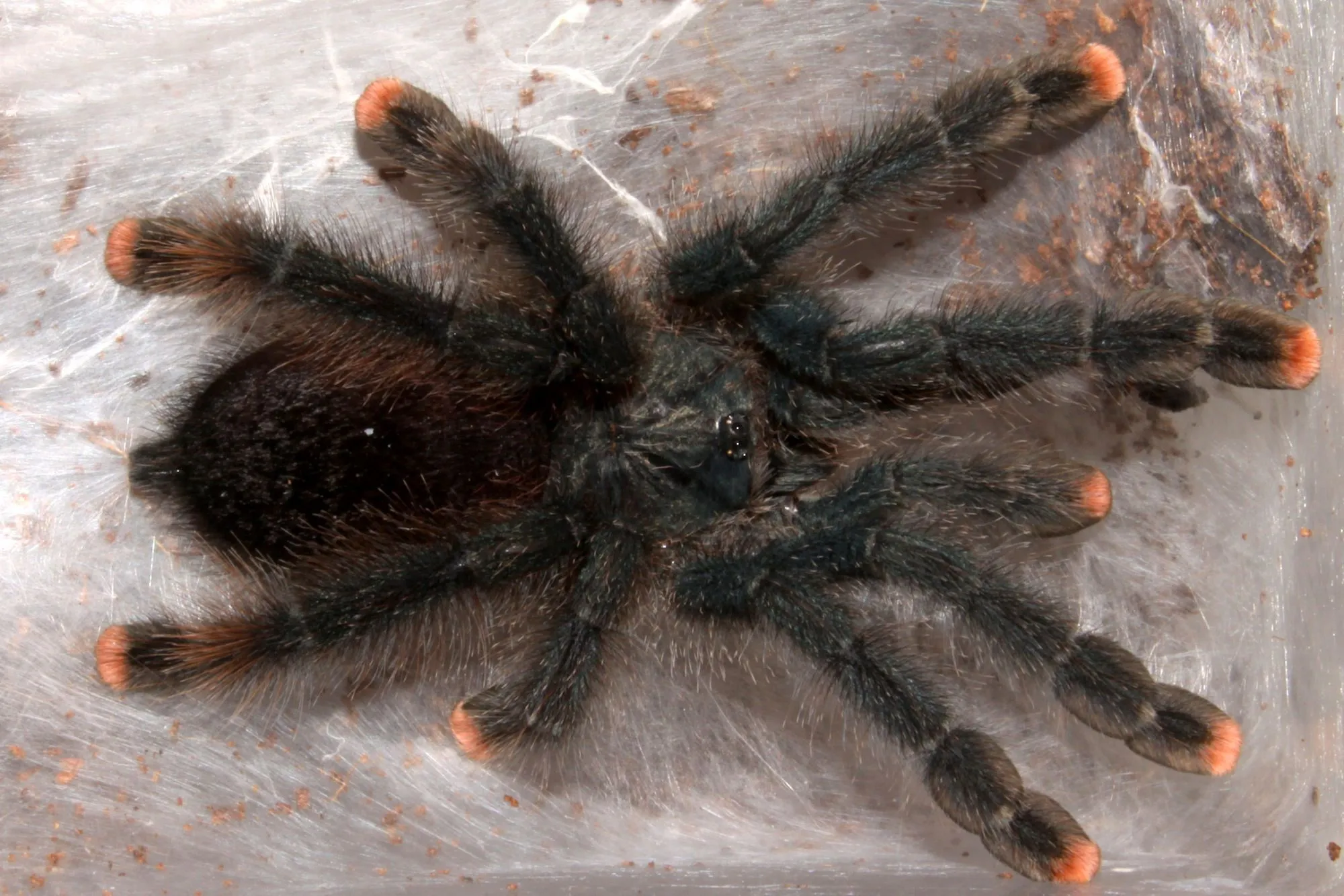
Pink Toe Tarantulas require high humidity levels, typically between 70-80%. Regularly mist the enclosure with dechlorinated water to maintain these levels. The frequency of misting will depend on your local climate, but it’s generally recommended to mist every few days. Adequate humidity supports the tarantula’s molting process and prevents dehydration. Provide a shallow water dish with fresh water at all times to ensure access to hydration. Use a hygrometer to measure humidity accurately, adjusting your misting schedule as needed. Ensure proper ventilation to prevent mold growth while maintaining the correct humidity. Correct humidity is essential for molting and overall health.
Feeding Your Pink Toe Tarantula
Feeding is a significant aspect of caring for a Pink Toe Tarantula. These tarantulas are primarily insectivores, and their diet should consist mainly of live insects. The most common and readily available options are crickets, mealworms, and roaches. Feeding your tarantula properly ensures its nutritional needs are met and promotes healthy growth. Feeding frequency and prey size are essential factors to consider, and these will vary depending on the tarantula’s age and size. Always provide a varied diet, ensuring the tarantula receives essential nutrients. A well-balanced diet is fundamental for its well-being. Keep a close watch on your tarantula’s feeding habits and be prepared to adapt your feeding strategy to keep your pet happy and healthy.
Feeding Frequency and Prey Size
Young Pink Toe Tarantulas should be fed more frequently, typically every other day, while adults can be fed once or twice a week. Adjust the feeding frequency based on the tarantula’s abdomen size. A well-fed tarantula will have a plump abdomen, indicating that it’s receiving adequate nutrition. The prey size should be appropriate for the tarantula’s size; the insects should be no larger than the tarantula’s body length. Always remove any uneaten prey after 24 hours to prevent the risk of the insects harming the tarantula. Dust the feeder insects with calcium and vitamin supplements to ensure the tarantula receives a balanced diet. Proper feeding frequency and prey size are critical aspects of responsible tarantula ownership.
Watering and Hydration
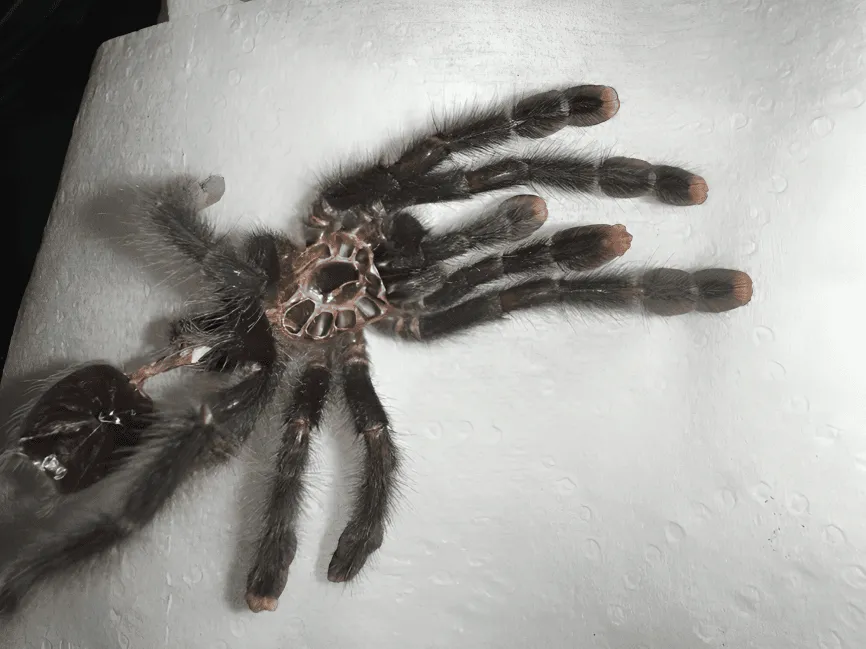
Providing access to clean water is essential for your Pink Toe Tarantula’s survival. Tarantulas need water for hydration, which is critical for their health and molting process. Always offer fresh, clean water to your pet. Water is a critical part of the tarantula’s diet and should be readily available at all times. The tarantula needs hydration to function properly, to survive. If the tarantula becomes dehydrated, it is in danger. Regular watering can help provide the tarantula with the hydration it needs and will keep your pet healthy.
Essential Water Access
Provide a shallow water dish with fresh, dechlorinated water in the enclosure. The water dish should be easily accessible but shallow enough to prevent the tarantula from drowning. Change the water regularly to maintain cleanliness and prevent the buildup of bacteria or mold. Some keepers choose to mist the enclosure, providing droplets for the tarantula to drink. Ensure that the water source is always available. This easy access is crucial for their well-being and successful molting. Monitoring water intake is a vital aspect of caring for a Pink Toe Tarantula.
Moulting and Growth
Moulting is a natural process where tarantulas shed their exoskeletons to grow and regenerate. As a Pink Toe Tarantula grows, it will undergo several moults throughout its life. The frequency of moulting decreases as the tarantula matures, and it can be a vulnerable time for the tarantula, so provide a stress-free environment. Proper care during this period is important to ensure a successful moult. Understanding this process and providing the right environment can help your pet live a long and healthy life. The molting process is an essential part of the tarantula’s life cycle. You will need to be prepared for it, as it can be stressful for the pet.
Recognizing a Moulting Pink Toe Tarantula
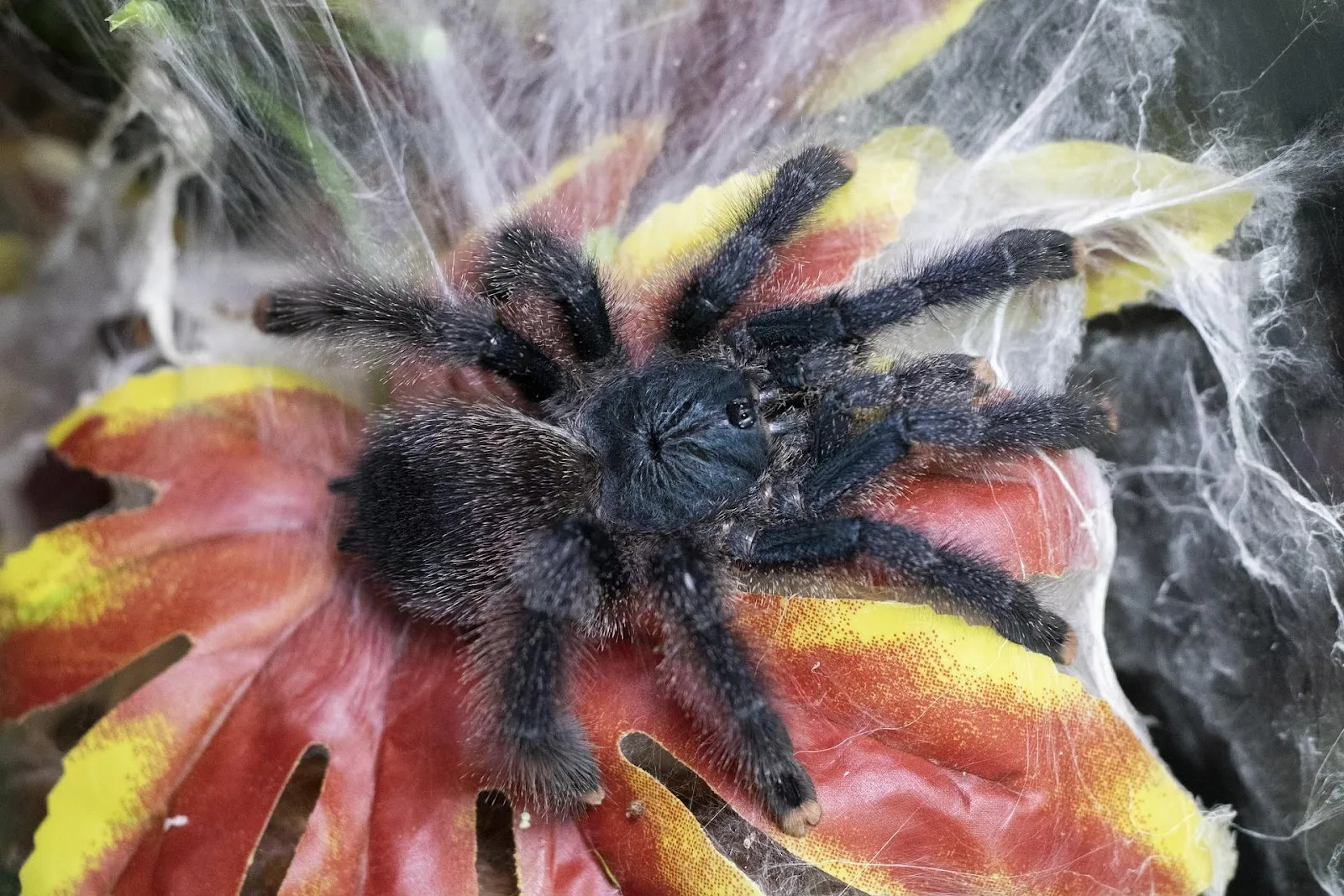
Before a molt, a Pink Toe Tarantula may exhibit several signs. These signs include reduced appetite, lethargy, and a darkening of the abdomen. The tarantula may also become more reclusive, spending more time in its hide. The appearance of a new, soft exoskeleton is a clear indicator of an impending moult. Ensure the enclosure is free of disturbances during this period to minimize stress. When you see your tarantula acting in this manner, know that it’s getting ready to molt. The tarantula will need a calm and safe environment, so it can complete the process successfully. Be patient during this process. Your tarantula will need your support.
Post-Moulting Care
After a moult, the tarantula’s exoskeleton will be soft, and it will be vulnerable. Avoid handling the tarantula for several days after it has moulted, allowing the exoskeleton to harden. Provide plenty of water and resume feeding gradually. Offer small, easy-to-catch prey items to avoid stressing the tarantula. Monitor the tarantula’s overall condition, watching for any signs of injury or difficulty. Ensure proper humidity levels in the enclosure to support the hardening process. The tarantula’s health and safety are very important during this time. A successful moult is a good sign that you’ve done a good job providing the tarantula with what it needs.
Handling and Interaction
Pink Toe Tarantulas are generally docile, but handling them should be done with caution. They can be easily stressed, which can lead to defensive behaviors, like flicking urticating hairs or biting. Frequent or unnecessary handling is not recommended. If you choose to handle your tarantula, do so gently and slowly, near a soft surface in case of a fall. Always supervise children when they are near the tarantula. It’s essential to prioritize the tarantula’s well-being and minimize stress. Always wash your hands before and after handling. Handling requires a delicate touch and patience.
Minimizing Stress
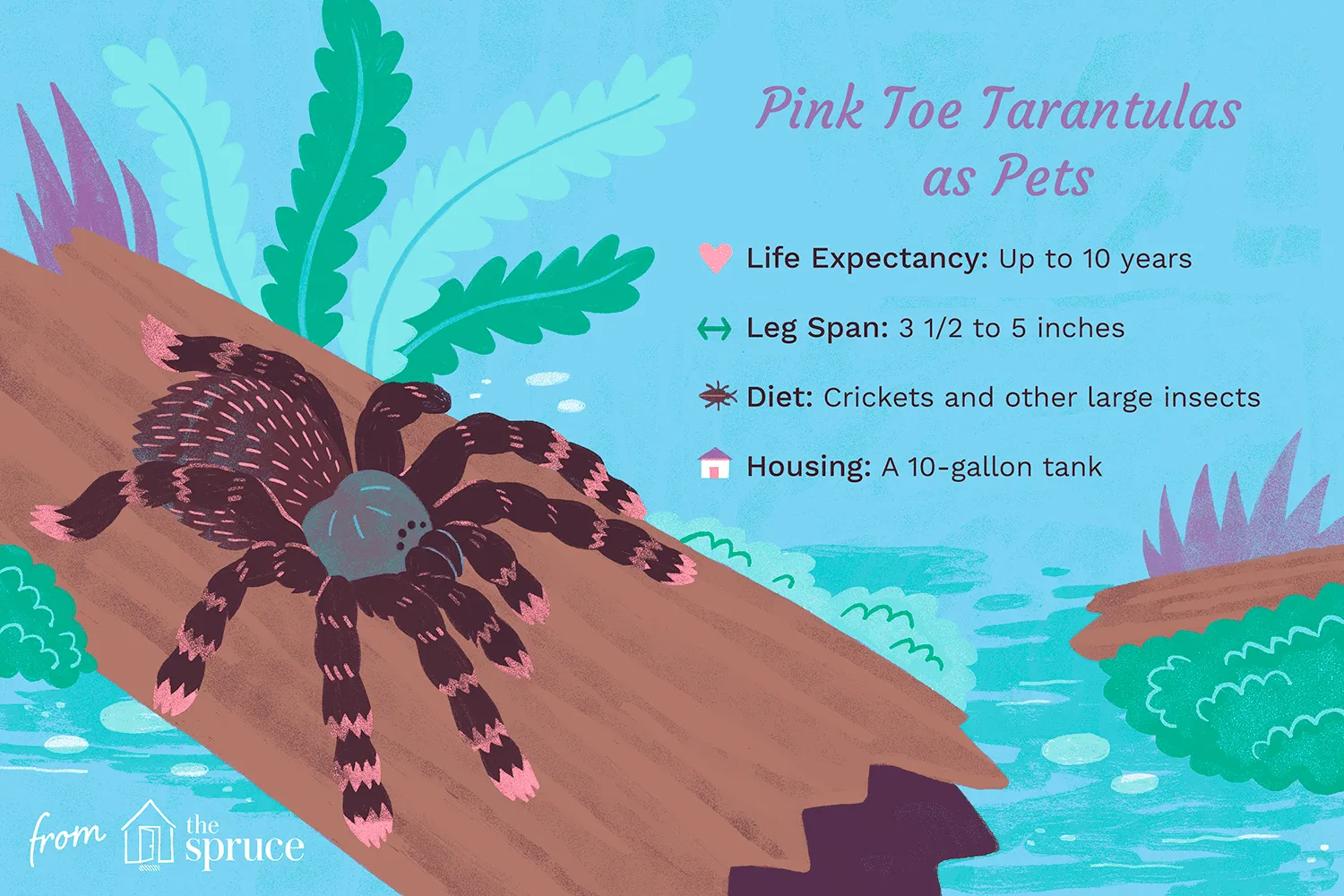
To minimize stress, avoid unnecessary handling and loud noises near the enclosure. Provide a secure and stable environment with appropriate hiding places. When cleaning or maintaining the enclosure, do so gently and slowly. Keep the enclosure in a quiet area away from high traffic. Observe your tarantula’s behavior and adjust your care routine to minimize stress. Creating a calm environment helps the tarantula feel safe and secure. Any sudden changes can be a source of stress for your pet. Knowing how to minimize stress is essential.
Health and Common Issues
Pink Toe Tarantulas are generally hardy, but they can be prone to some health issues. The most common issues include dehydration, injuries from falls, and parasitic infections. Recognizing these health concerns is critical for timely intervention. Maintaining a clean and well-maintained enclosure can help prevent many health problems. Regular observation of your tarantula’s behavior and physical condition is essential for early detection of health issues. Prompt action can often resolve health issues and ensure the well-being of your pet. Your diligence will help you recognize any potential problems your pet might face.
Identifying Common Diseases
Some common diseases and issues include: fungal infections, parasitic mites, and injuries from falls. Signs of illness can include lethargy, loss of appetite, discoloration, and unusual behavior. If you notice any unusual behavior, consult with a veterinarian or a reptile specialist immediately. Be vigilant about any changes to the tarantula’s behavior or appearance. Early detection can lead to more effective treatment and a better outcome. Always research common issues before bringing home a Pink Toe Tarantula. Being prepared is essential for giving your pet the care it needs.
Preventative Care
Preventative care is key to maintaining your Pink Toe Tarantula’s health. This includes providing a clean and well-maintained enclosure, maintaining the correct temperature and humidity levels, and offering a balanced diet. Quarantine new tarantulas for a period of time to prevent the introduction of parasites or diseases to your existing collection. Regular health checks and observations of your tarantula’s behavior are also essential. A proactive approach to care is crucial for ensuring a long and healthy life for your pet. Taking the necessary steps can help to prevent disease and ensure your pet’s long life. Make preventative care a priority.
Pink Toe Tarantula FAQs
Here are some of the most frequently asked questions about Pink Toe Tarantulas. How long do Pink Toe Tarantulas live? They can live for 10-12 years. How often should I feed my Pink Toe Tarantula? Typically, adults are fed once or twice a week, and juveniles every other day. What is the ideal humidity level? Aim for 70-80% humidity. How do I handle my Pink Toe Tarantula? Handle with caution. If you do, do so gently and slowly. Is it safe to keep a Pink Toe Tarantula? They are typically docile, but handling should be done with care. Always research your pet, and handle with care. Consult with a veterinarian if you have any further questions. It’s always best to have any health concerns taken care of by a professional. Keeping your Pink Toe Tarantula happy and healthy takes work.
